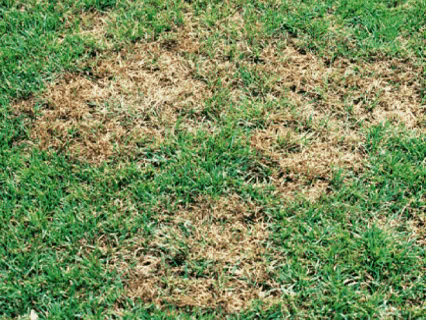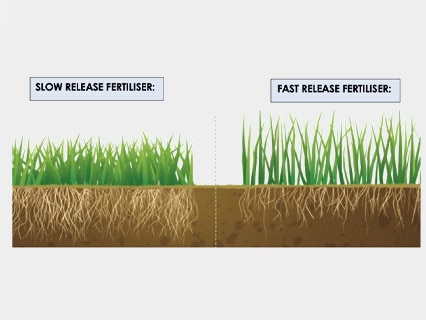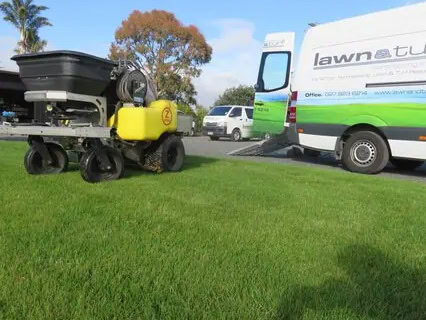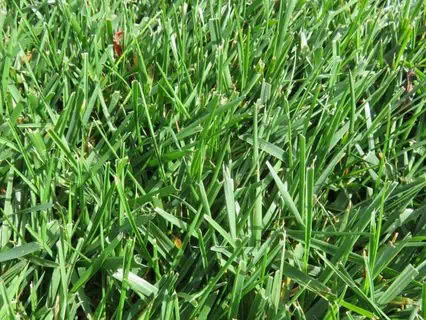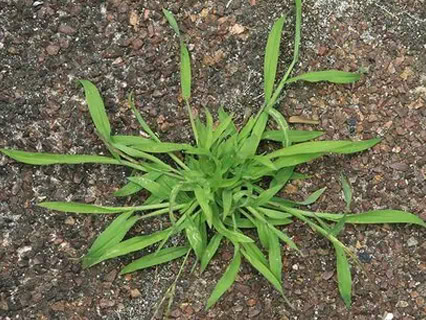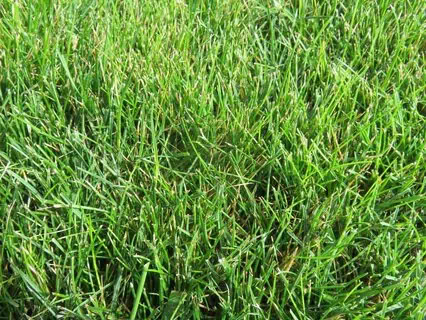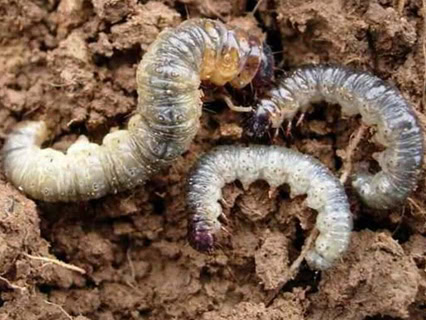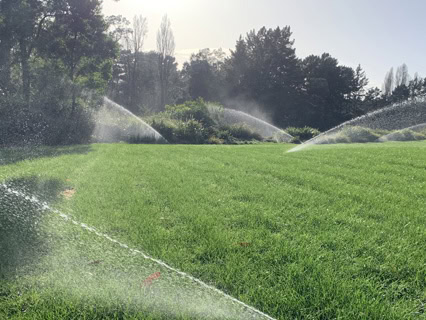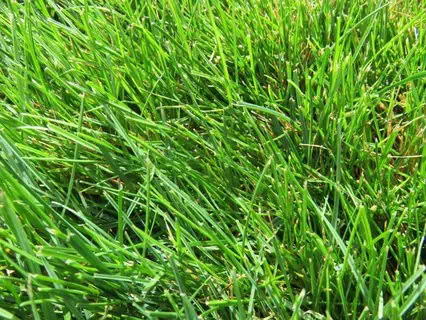Resources
Discover practical tips and expert advice for lawn care in our Resources section. Find solutions for weeds, lawn pests, and lawn diseases, as well as after-care tips for your hydroseeding. Everything you need to keep your lawn thriving and looking good is here.
After Care
The first 12 months is critical in establishing your new turf. All soil has weed...
Read MoreRequest a Quote
Get in touch with our friendly team today. We're experts in challenging projects, and we're always happy to talk turf.
“
I had such a great experience with the team at Lawn & Turf. They worked hard and did a fantastic job all whilst being respectful and professional, and might I add, a bunch of funny blokes! I’m so stoked with the outcome and have recommended them to friends and family. I would definitely use this service again should I build in the future."
Reasha Pye
